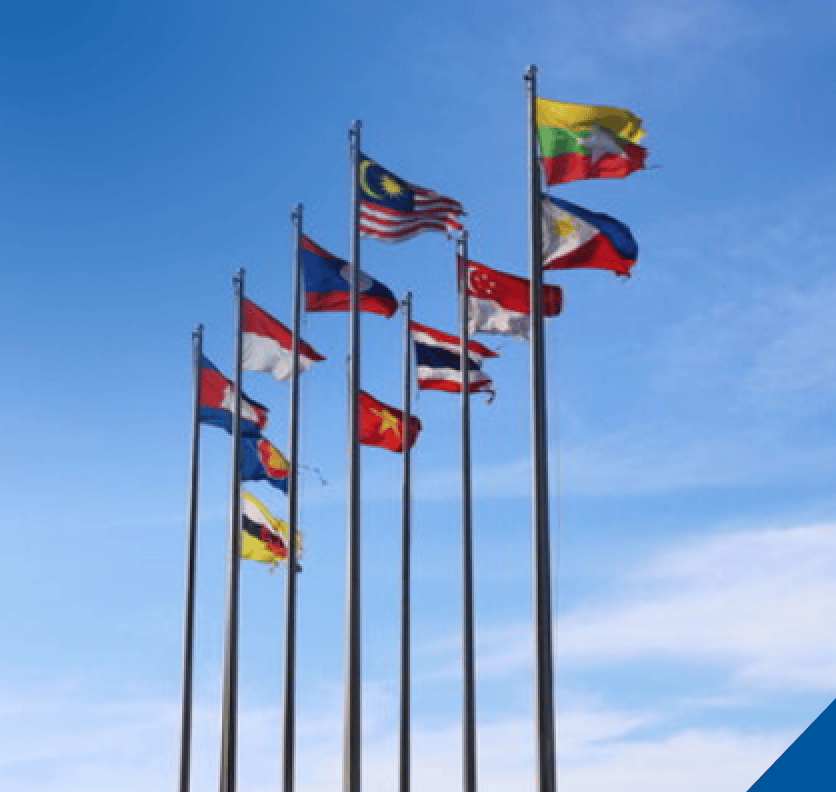Policy Insight – Malaysia: Corporate Renewable Energy Supply Scheme (CRESS)

ASEAN at COP29: Strengthening Climate Commitments and Accelerating Energy Transitions

Accelerating Green Growth: ASEAN Progress in Energy Investments and Decarbonisation

Progress in Southeast Asia’s Decarbonisation Efforts and Sustainable Development
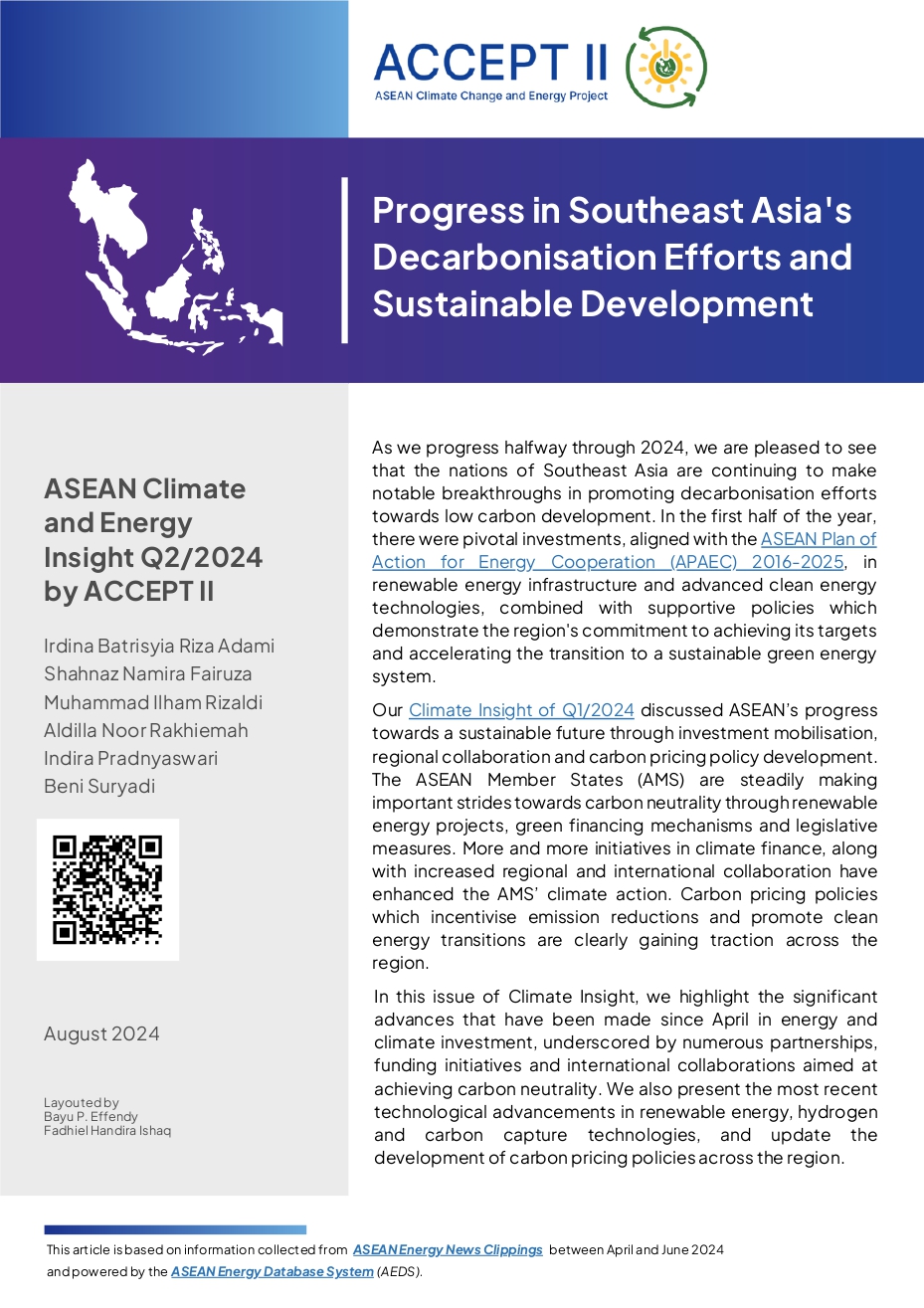
Driving ASEAN Towards a Sustainable Future: Investments, Collaboration and Carbon Pricing Policy Progress

ACE Attends the 12th ERIA Editors’ Roundtable
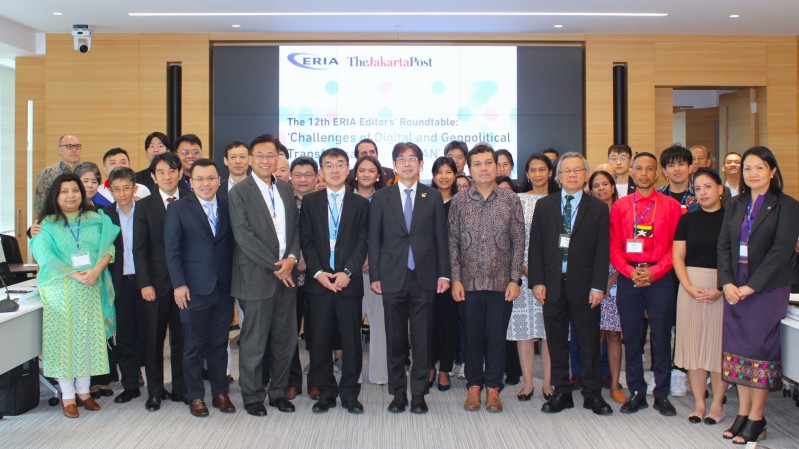
ACE Attended The 7th ASEAN Media Forum
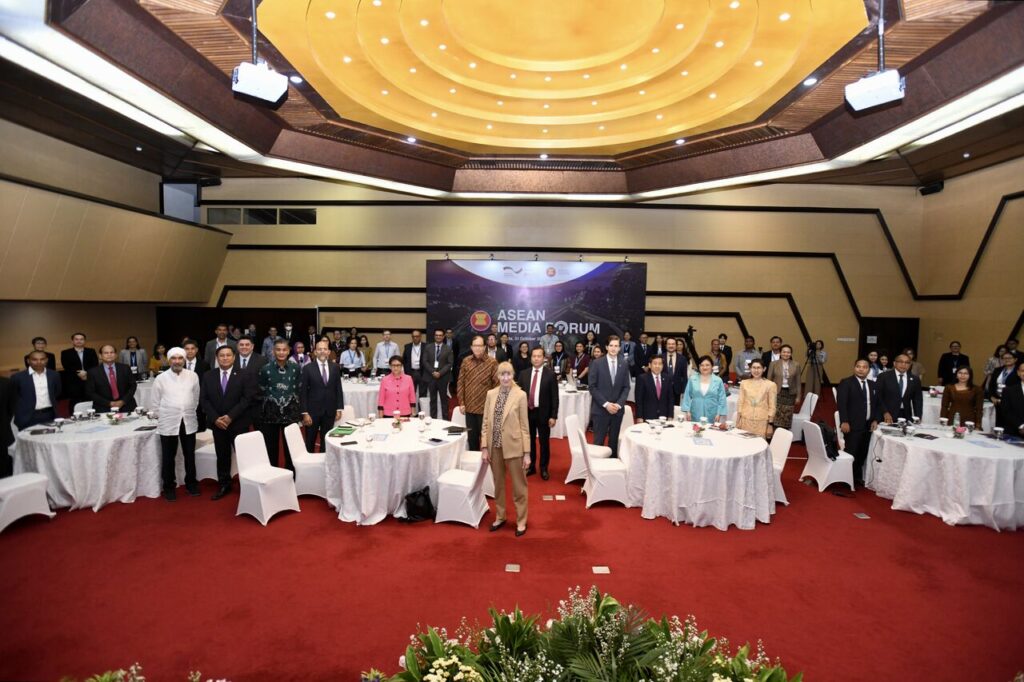
Beyond Boundaries: Southeast Asia’s Luminous Path towards Sustainable Energy
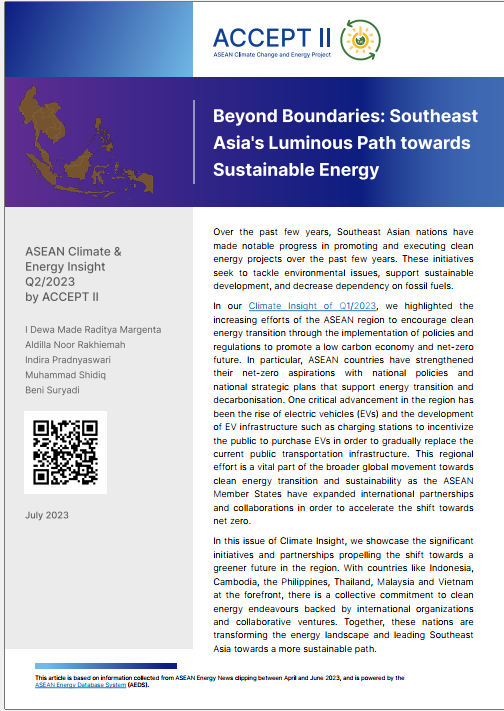
In this issue of Climate Insight, we showcase the significant initiatives and partnerships propelling the shift towards a greener future in the region.

